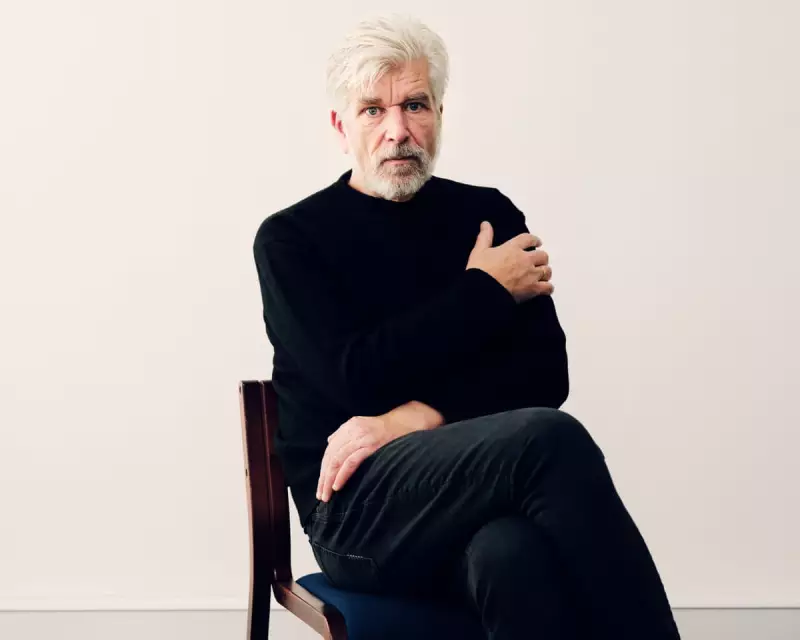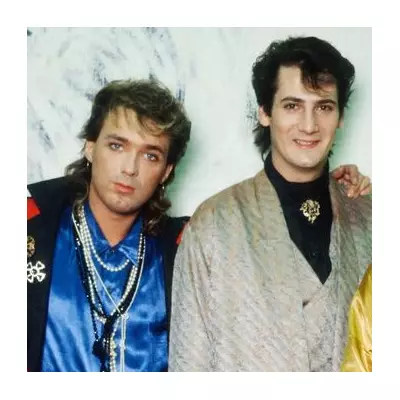
Karl Ove Knausgård's monumental Morning Star cycle continues to expand into what may become an even more ambitious literary project than his celebrated six-volume autobiographical work My Struggle. The fourth instalment, The School of Night, plunges readers deeper into a world where occult phenomena and existential dread converge under the ominous glow of a new celestial body.
A Compellingly Nasty Narrator Emerges
While the previous three volumes introduced numerous mysteries—from unsolved forest murders to strangely behaving wildlife and the curious absence of death—The School of Night focuses on answering a seemingly straightforward question: who is Kristian Hadeland? This enigmatic figure first appeared as the 67-year-old man buried without mourners by doubting priest Kathrine Reinhardsen in The Morning Star (2021), then reappeared as a sinister hitchhiker in The Third Realm (2024).
In this latest volume, Knausgård reveals Hadeland as the misanthropic narrator of a compellingly nasty story—an artist composing a 500-page suicide note from a remote Norwegian island. The narrative traces his journey from photography student in mid-1980s London to his eventual tragic circumstances.
Faustian Undertones and Supernatural Intervention
Young Kristian arrives in London with artistic ambition but produces work that a visiting professor describes as "a bit dull. Without temperament." His London experience introduces him to two pivotal characters: Hans, a Dutch artist working with artificial intelligence, and Vivian, who is staging Christopher Marlowe's Doctor Faustus. Kristian develops an uneasy friendship with the former and a hostile sexual relationship with the latter.
Knausgård portrays Kristian as reflexively unpleasant, quick to disdain everyone from homeless people to old women wearing jeans. His misanthropy extends to his family during a Christmas visit home, where he overhears his father describing him as "a black hole … a narcissist, through and through." Returning to London, he retreats further into isolation, cycling through rain-soaked streets resembling graveyards and even stealing a dead cat to photograph its skeleton.
The Doctor Faustus subplot provides both literary model and interpretive lens for readers. When a mysterious intervention by the Mephistophelean Hans transforms Kristian's photographic abilities, the artist describes the experience: "Every photograph seemed incandescent, it was as if I was being carried forward by some momentous force." This supernatural boost propels him to staggering success, culminating in a retrospective at New York's Museum of Modern Art twenty-four years later—before everything begins to unravel.
Knausgård's Ambitious Literary Architecture
Knausgård's admission that he barely plans or edits his work may concern readers navigating this complex saga. Each new instalment contributes to a sense of creeping entropy rather than grand design, and it remains unclear how The School of Night fits into the broader narrative—especially with the next two volumes, already published in Norway, focusing on the Løyning family first introduced in The Wolves of Eternity (2023).
Deliberate anachronisms and inconsistencies challenge readers. How can the protagonist of The School of Night be the man Kathrine buries in The Morning Star when their birth dates don't align? Such questions invite kabbalistic exegesis, with some readers examining Danish Reddit threads, tracing Norwegian ferry schedules, and consulting classical literature to understand how Marlowe's Faustus story illuminates Knausgård's universe.
The author's philosophical preoccupation with death remains constant throughout, expressed through tension between instinctual materialism and the haunting possibility of something beyond comprehension. Supernatural elements provide much of the saga's momentum and uncanny frisson, particularly in moments like Hans's diabolical appearance: "Abruptly, he threw back his head and stared into the sky, the orbs in his sockets rolled white. Three times in quick succession his mouth opened and closed like a fish's." This same convulsion afflicted Jesper, the musician suspected of murdering his bandmates in a satanic bloodbath in The Third Realm's chilling conclusion.
A Demanding but Fascinating Literary Experience
Some readers may find Knausgård's prose occasionally erratic or incoherent, and spending 500 pages in Kristian's hateful company presents a significant challenge. Fully appreciating The School of Night requires thousands of pages of background reading and close attention to details—such as recognizing that the house where Kristian writes his suicide note belongs to Egil Stray, author of the essay On Death and the Dead that concluded The Morning Star and may yet provide a Rosetta stone for the saga's mysteries.
Despite these demands, for readers with the stomach, patience, and faith to continue, Knausgård's work of millenarian fiction remains utterly fascinating. Much depends on the author's ability to deliver on the colossal promise of this sprawling epic, but The School of Night demonstrates that the Morning Star cycle continues to burn brightly with supernatural intrigue and existential depth.
The School of Night by Karl Ove Knausgård, translated by Martin Aitken, is published by Harvill Secker (£25).





